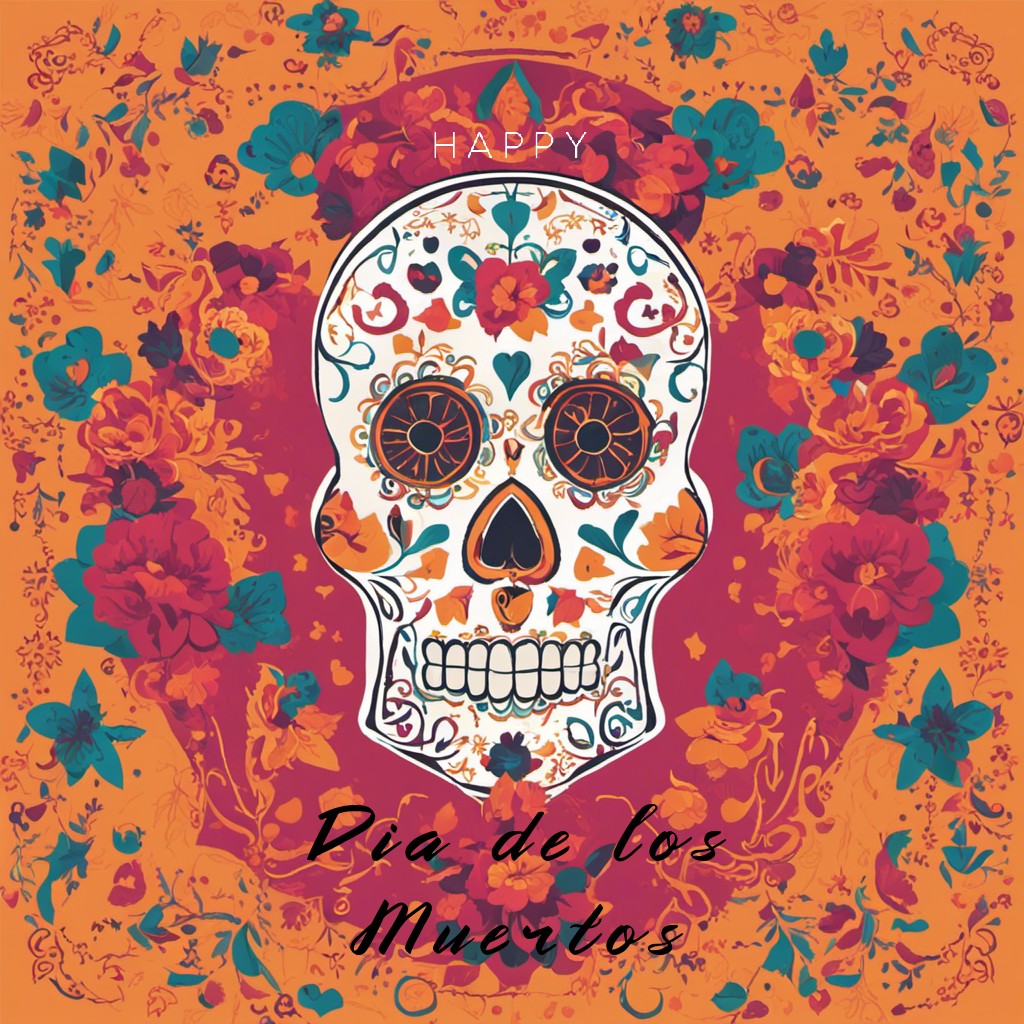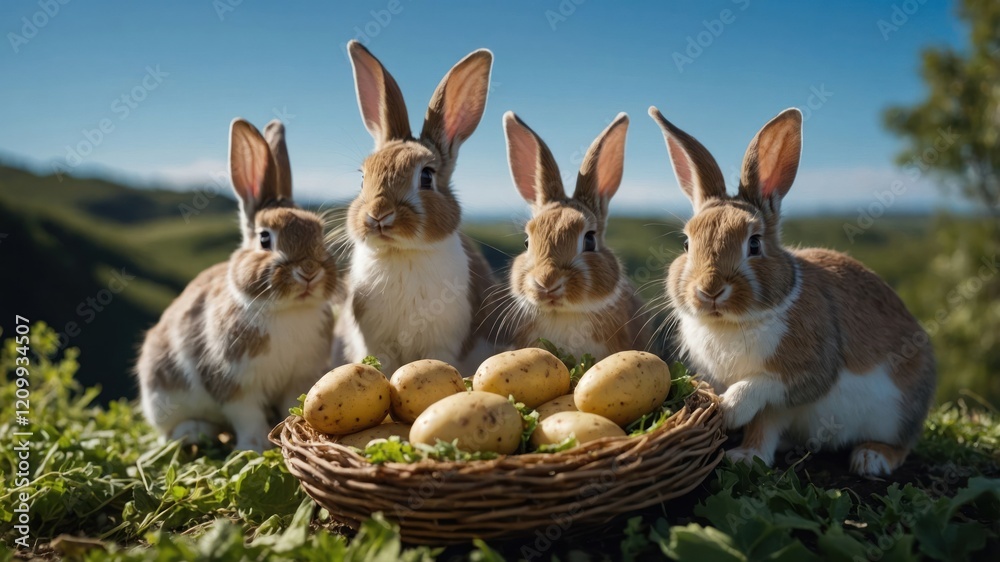El Día de los Muertos, la única vez que nuestros seres queridos vuelven a visitarnos
El Día de los Muertos es una celebración de la memoria y un ritual que privilegia el recuerdo sobre el olvido. El lamento se cambia por la celebración como en ninguna otra festividad. Es una celebración de origen prehispánico y unión de rituales religiosos católicos que México, y varias otras partes del mundo, celebra desde el 28 de octubre al 2 de noviembre.
El Día de los Muertos es una celebración que ocurre el 1 y 2 de noviembre en la cual se cree que las almas de los difuntos viajan para visitar a sus familiares y la tierra de los vivos. En este día se cree que la frontera entre el mundo de los espíritus y el mundo real se disuelve. Durante este breve periodo, las almas de los difuntos se despiertan y regresan al mundo de los vivos para festejar, beber, bailar y tocar música con sus seres queridos.
Esta tradición se remonta a unos 3.000 años atrás, con los aztecas y otras tribus indígenas de la Mesoamérica precolombina. Los aztecas, toltecas y otros pueblos nahuas veían la muerte como una fase natural en el largo continuo de la vida y consideraban el lamento a los muertos una falta de respeto.
Los aztecas no sólo dedicaban unos días sino todo un mes a los muertos. Las festividades estaban presididas por la diosa Mictecacihuatl. En el calendario azteca, este ritual caía aproximadamente a finales del mes gregoriano de julio y principios de agosto. Los sacerdotes españoles trasladaron las celebraciones para hacer coincidir con la festividad cristiana de Todos los Santos después de la Conquista. El resultado es que ahora los mexicanos celebran el Día de los Muertos durante los dos primeros días de noviembre.
En los rituales nahuas en honor a los muertos, los familiares dejaban provenían alimentos, agua y herramientas para ayudar al difunto en el difícil viaje a Chicunamictlán, la Tierra de los Muertos. El alma de la persona sólo podía llegar al Mictlán, el lugar de descanso final, tras superar nueve desafiantes niveles, lo que suele ser un viaje de varios años. Esta creencia ha inspirado la práctica contemporánea del Día de los Muertos, en la que la gente deja comida u otras ofrendas en las tumbas de sus seres queridos, o las coloca en altares llamados <> en sus casas.
Cada hogar coloca su ofrenda, para sus fallecidos, y ponen diferentes elementos que vienen de una serie de creencias. Las ofrendas son creadas para honrar a sus familiares que han fallecido. Estos altares se decoran con flores amarillas de caléndula, fotos de los difuntos y las comidas y bebidas favoritas del difunto. Se cree que las ofrendas animan a las visitas desde la tierra de los muertos, ya que las almas difuntas escuchan sus plegarias, huelen sus alimentos y se unen a las celebraciones.
Se cree que las caléndulas son los caminos que guían a los espíritus a sus ofrendas. Sus vibrantes colores y su aroma atraen a las almas de los difuntos. Se llaman “Flor de Muerto” y simbolizan la belleza y la fragilidad de la vida.
El incienso también se coloca en la ofrenda porque es el aroma que purifica el ambiente. No puede faltar el agua porque es lo que alivia la sed de nuestros difuntos. La sal se coloca para que el espíritu que viene de visita no se pierda ni se corrompa durante su estancia en el mundo de los vivos. También se coloca el pan de muerto porque su forma representa el ciclo de la vida y la muerte.
Es importante recordar que el Día de los Muertos no es lo mismo ni una versión mexicana de Halloween. Mientras que la tradición estadounidense abraza el terror y la travesura el 31 de octubre, el Día de Los Muertos es una festividad de dos días que demuestra el amor y el respeto por los familiares fallecidos. También hay que recordar que el Día de los Muertos no sólo lo celebran los mexicanos, sino que es una fiesta que se celebra en todo el mundo.
Se recuerda a las almas fallecidas en los días siguientes:
28 de octubre- se recuerda a los que murieron trágicamente, por violencia o accidentes.
30 y 31 de octubre- días dedicados a los niños que murieron sin ser bautizados.
1 de noviembre- según el calendario católico es el día de Todos los Santos y se recuerda a los niños o a los que murieron siendo niños.
2 de noviembre- es el día de todos los adultos o Día de los Muertos en el cual las almas vuelven a casa para pasar tiempo con sus familiares.
The Day of the Dead is a celebration of memory and a ritual that privileges remembrance over oblivion. Mourning is exchanged for celebration like no other holiday. It is a celebration of pre-Hispanic origin and union of Catholic religious rituals that Mexico, and several other parts of the world, celebrate from October 28 to November 2.
The Day of the Dead is a celebration that occurs on November 1 and 2 in which it is believed that the souls of the deceased travel to visit their relatives and the land of the living. On this day it is believed that the border between the spirit world and the real world dissolves. During this brief period, the souls of the departed awaken and return to the world of the living to feast, drink, dance and play music with their loved ones.
This tradition dates back some 3,000 years to the Aztecs and other indigenous tribes of pre-Columbia Mesoamerica. The Aztecs, Toltecs and other Nahua people viewed death as a natural phase in the long continuum of life and considered mourning the dead as disrespectful.
The Aztecs dedicated not only a few days but a whole month to the dead. The festivities were presided over by the goddess Mictecacihuatl. In the Aztec calendar, this ritual fell approximately at the end of the Gregorian month of July and the beginning of August. Spanish priests moved the celebrations to coincide with the Christian feast of All Saints after the Conquest. As a result, Mexicans now celebrate the Day of the Dead during the first two days of November.
In Nahua rituals honoring the dead, relatives left food, water and tools to help the deceased on the difficult journey to Chicunamictlán, the Land of the Dead. The person’s soul could only reach Mictlán, the final resting place, after overcoming nine challenging levels, which is usually a journey of several years. This belief has inspired the contemporary practice of the Day of the Dead, in which people leave food or other offerings at the graves of their loved ones, or place them on altars called ofrendas in their homes.
Each household lays out their ofrenda, for their deceased loved ones, and they place different elements that come from a series of beliefs. The ofrendas are created to honor their family members who have passed away. These altars are decorated with yellow marigold flowers, photos of the deceased and the deceased’s favorite foods and beverages. The ofrendas are believed to encourage visits from the land of the dead, as the departed souls listen to their prayers, smell their food and join in the celebrations.
Marigolds are believed to be the pathways that guide spirits to their offerings. Their vibrant colors and scent attract the souls of the departed. They are called “Flor de Muerto” and symbolize the beauty and fragility of life.
Incense is also placed in the offering because it is the aroma that purifies the environment. Water should not be missing because it is what relieves the thirst of our deceased. Salt is placed so that the spirit that comes to visit is not lost or corrupted during its stay in the world of the living. The bread of the dead is also placed because its shape represents the cycle of life and death.
It is important to remember that Day of the Dead is not the same or a Mexican version of Halloween. While the American tradition embraces terror and mischief on October 31, Day of the Dead is a two-day holiday that demonstrates love and respect for deceased family members. It should also be remembered that Day of the Dead is not only celebrated by Mexicans, but is a holiday that is celebrated all over the world.
The deceased souls are remembered on the following days:
October 28- those who died tragically, by violence or accidents are remembered.
October 30 and 31- days dedicated to children who died without being baptized.
November 1 – according to the Catholic calendar, it is All Saints’ Day and commemorates children or those who died as children.
November 2 – All Souls’ Day or All Souls’ Day when souls return home to spend time with their relatives.
November 2 – All Souls’ Day or All Souls’ Day when souls return home to spend time with their relatives.
November 2 – All Souls’ Day or All Souls’ Day
November 2 – All Souls’ Day or All Souls’ Day







